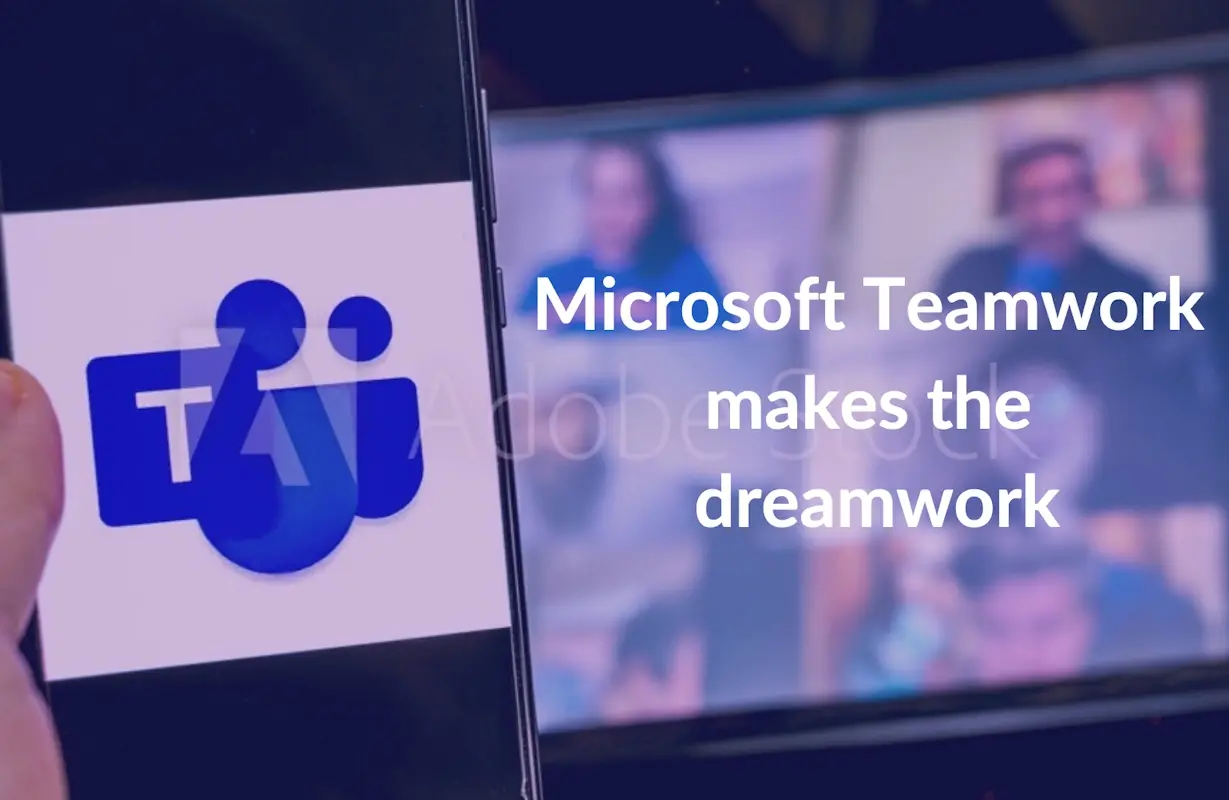Rolling blackouts – contingency planning
You may have been reading various stories in the media recently concerning the potential for rolling blackouts early in the new year. Although all...
Our client portal provides all the tools you need to create, view or update your support requests.
For urgent IT support during business hours, or if you suspect anything suspicious call 01314528444 for the fastest response.
If one of our team has asked you to start a remote control session on your computer, use the remote control menu option above.
6 min read
itfoundations
Originally posted on November 11, 2020
Last updated on January 07, 2025
We often get asked to justify our recommendations for IT hardware software and services, and rightly so. As a business owner or manager, every penny saved is a penny extra profit. Or so you thought! But, the point of this article is to put the cost of information technology into a context you can justify yourself. We’ll help you avoid the mistakes that cost the company more in the long run.
Let us give you an example. Imagine an architect; they spend all day preparing drawings or rendering 3D visualisations of a building. You would think that the following would hold:
It would seem crazy for the architect to not invest in the right tools for the job. After all, the cost of the CAD software alone far outweighs the minimal cost of the fast computer and large displays. But this is what happens. Short-term savings often affect long-term profitability. Not only that, the employee with the superfast computer and Ultra HD display screens feels that you are investing in them too.
Your employees are your most expensive asset. You don’t have to be an architect for a faster, more reliable computer to make a difference to your or your employee’s productivity. A fast computer, second or third monitor? Yes, please! Of course, this is true for IT support and IT training too. Your employees need to be skilled in using the tools of their trade, whether it's Windows 11, MS Office, Adobe InDesign or Autodesk Revit. Likewise, when their IT breaks, they need someone to call, to help them get back to full productivity as fast as possible.
Based on 25 years of experience as an IT consultant for small and medium businesses across multiple sectors, we recognise that there is a tendency to underspend when it comes to IT purchasing. This is not a surprise given that many SMB’s don’t set a budget each year, and generally see IT spend as a cost to the business. But it doesn’t have to be that way. Every penny spent on IT should enable your business to thrive.
To demonstrate, follow along with this exercise:
Now, that surely does not make any business sense! Let's recap: IT is very important (step 1), and therefore 97% of employee costs are unproductive (step 2) if the 3.33% (step 3) we spend on IT doesn’t work as required. The point here is that we need to budget effectively to make our employees as productive as possible.
Budget Actions:
In the IT industry, we talk about the total cost of ownership (TCO). That’s the cost of buying, setting up, using, training, supporting and decommissioning IT systems. Typically TCO is evaluated over 3-5 years as the technology becomes outdated quickly causing a drop in productivity and correlating increases in maintenance and support costs.
Let’s look at another example. Imagine an employee who would benefit from a new laptop. You already have the CRM, Microsoft 365, PBX, and associated licenses. You already have IT support, and the employee has training in the systems they use and your company processes. We are just looking at the cost of the laptop. Your IT supplier gives you a price of £1000 fully installed, but you see a deal online for a similar laptop (they all look the same don’t they) for just £600 and you let your IT supplier know. In the ensuing process you back and forward with your supplier and in the end just decided to buy the cheaper one. But this is what happened.
The difference in cost for there two devices might only have been a few hundred pounds at the outset, but the long-term cost (total cost of ownership) is much more. If we assume that the average notebook PC lasts 4 years, then a £1000 initial spend equates to just £1 per day over its useful life (ignoring weekends). Or, an extra 20 pence per day compared to the cheaper option.
Remember before that we worked out that the cost per day for our fictitious employee was £120. Every hour that the employee is unproductive costs the business £15. If a laptop lasts 4 years and the employee loses an hour a week that’s a loss of £3,000. Not a very good return on investment. Would you worry about saving that £200 up-front next time round?
Hopefully, it’s already clear that underspending on your IT is bad for business, but conversely, overspending has no benefit either. To maximise the return on your IT investment, you need to balance all the factors that influence success. The following radar plot shows an example with typical success factors and an optimum balance. In your business, you may determine other success factors that apply too.

Look at these factors and estimate how your business would score. Do your employees have adequate training on Microsoft Teams? Does your IT support company provide the cover that you need? Are employees able to work flexibly/remotely? Do you worry about IT security or data loss?
When you know where your weaknesses are you can focus your resources effectively to maximise your return on investment.
In case you jumped straight here and bypassed the detail in the middle, the short answer is that how much you spend on IT will depend on your business, the sector you work in, the ability of your employees, and the investments in IT that you have already made. But, if you follow these simple steps, you should be able to create a strategy that works for you:
We hope this article was of benefit to you and your business. IT Foundations provide a range of IT support, consultancy and development services designed specifically for small and medium businesses. We focus on Edinburgh businesses but have customers throughout the UK. We have a pricing calculator on our website so that you can calculate the cost of support from us without having to speak to a salesperson.
If you would like to find out more about IT Foundations contact us for a free introductory call.

You may have been reading various stories in the media recently concerning the potential for rolling blackouts early in the new year. Although all...

Become more productive and collaborative An introduction to Microsoft Teams, the productivity and collaboration platform included with Microsoft 365...

1 min read
The new buzzword around town is “metaverse.” But what does that actually mean? And how is the metaverse going to change business? Is it just...